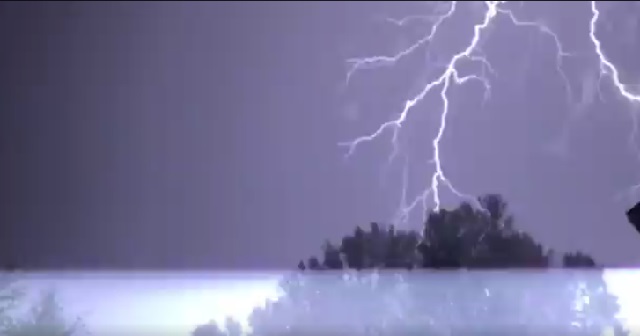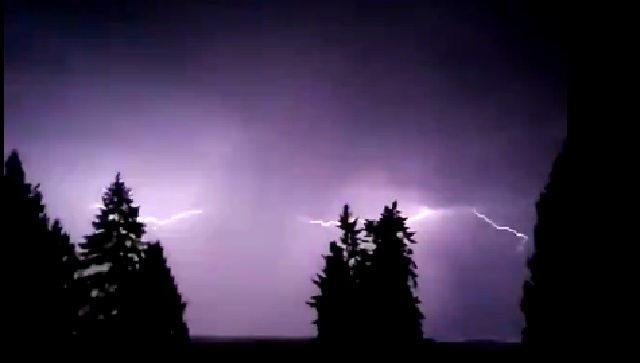Editor’s note: The KOIN 6 Weather team is presenting weather and science lessons to help serve our teachers and students. Click here for more lessons.
PORTLAND, Ore. (KOIN) – When lightning strikes, it is critical to be indoors. Being safe during weather events is the number one priority and understanding weather can help set you up for success.
Today we are going to learn a little more about lightning and how we can stay safe. Lightning is very dangerous. According to the National Weather Service, there are about 25 million lightning strikes across the United States each year. That means we need to be prepared and do our best to stay safe.

Let’s talk about a few myths before we go into some of the tools for safety.
MYTH: Lightning doesn’t strike the same spot twice.
MYTH: There are no clouds around, so you’re safe from lightning.
MYTH: If it’s not raining then you’re safe.
MYTH: If outside in a thunderstorm, you should seek shelter under a tree.
The statements above you may hear about, but they are inaccurate. These thoughts are dangerous and are just not true. Lightning often strikes the same area and place twice. Lightning may strike as far as 10 to 15 miles from a thunderstorm, which means there doesn’t have to be a cloud directly overhead. With that logic, you may also see lightning without rain. One of the last places you want to be is under a tall tree. IT IS ALWAYS BEST TO GO INDOORS!

Did you know that lightning is five times hotter than the surface of the sun? Lightning can reach up to 50,000 degrees Fahrenheit! That sure is hot!
You may be wondering how lightning forms? If you’re a visual person, you can watch a video above to help explain how the lightning process unfolds. However, lightning is a spark of electricity in the atmosphere. Lightning is the result of electrical charges from the collisions of products in a cloud and those charges beneath a cloud (in the case of a cloud-to-ground lightning strike).
These electrical charges are both positive and negative. The opposite charges attract, leading to a negative charge from the cloud meeting with the positive charge of the ground. The actual act of a lightning strike is very fast and less than a second.
GALLERY OF LIGHTNING STRIKE PHOTOS AROUND OREGON/WASHINGTON
What can you do to stay safe?
Plan ahead! It is always wise to know the forecast if you’re going to be outside and to have a plan to an easy access building. This is very important in the Pacific Northwest (PNW) because hiking, camping, fishing, and outdoor activities are very popular here. We have plenty of beaches, lakes, and rivers here and that may lead to being stuck out on water or in the open during a stormy day.
It is important to understand the time of the day that thunderstorms most occur. This is a great way to help minimize the risk of getting caught in a thunderstorm. Thunderstorms typically develop during the hours of the day where heat is at a peak. This is not suggesting that thunderstorms can’t develop in the morning or late at night, but thunderstorms tend to develop during the afternoon around the Pacific Northwest.
Your best tool to stay safe is to be indoors, but you may not always be in the place for that. Here are some suggestions from the National Weather Service if you get caught outside:
Avoid open fields, the top of a hill or a ridge top.
Stay away from tall, isolated trees or other tall objects. If you are in a forest, stay near a lower stand of trees.
If you are camping in an open area, set up camp in a valley, ravine or other low area. Remember, a tent offers NO protection from lighting.
Stay away from water, wet items, such as ropes, and metal objects, such as fences and poles. Water and metal do not attract lightning but they are excellent conductors of electricity. The current from a lightning flash will easily travel for long distances.
THE NEXT LESSON: Did you know that thunder comes from lightning? They’re always associated with each other, but thunder is the direct result of a lightning strike? How does that work? We will tackle that in the next lesson.





